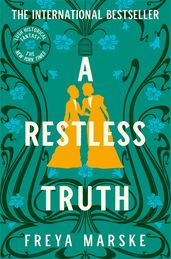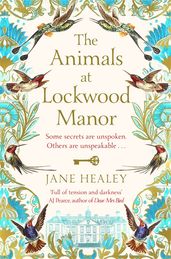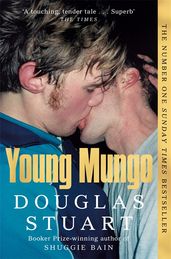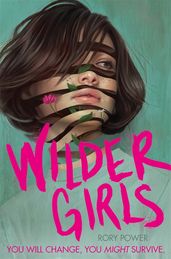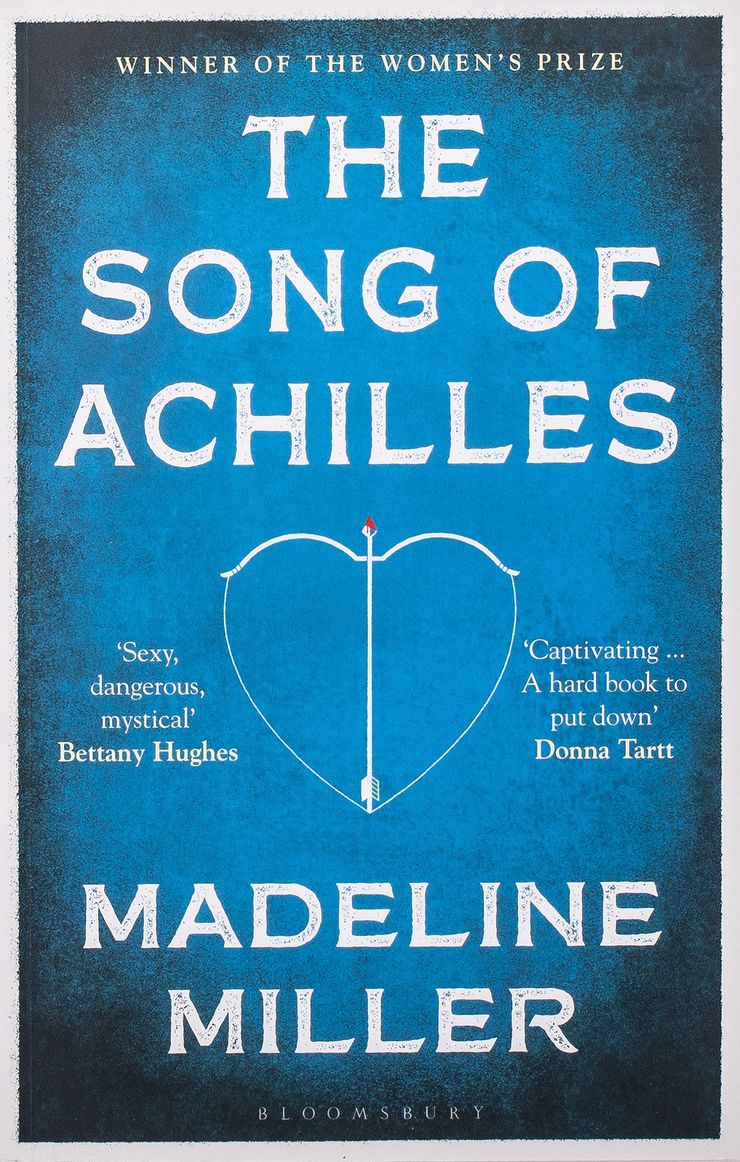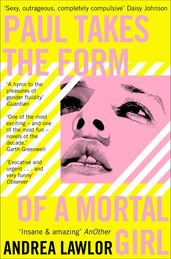Classic stories, but make them gay
Six familiar stories retold with an LGBTQIA+ perspective.
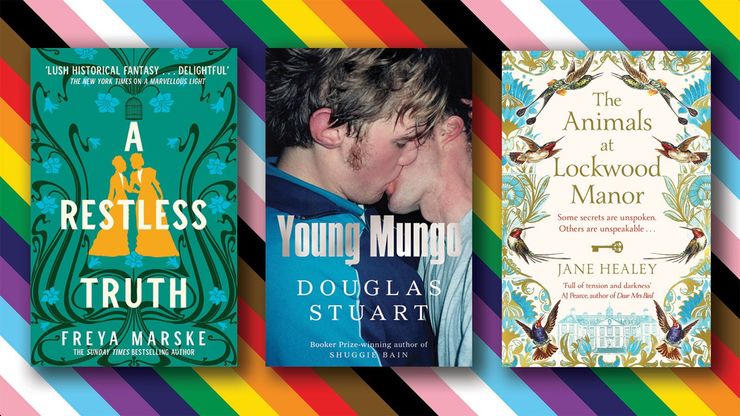
Pride and Prejudice and Bridget Jones's Diary, The Scarlet Letter and Easy A: we all love to see a classic tale reimagined. What we love even more is to see LGBTQIA+ narratives and experiences breathe new life into stories we thought we knew.
So here's to Romeo meeting Romeo, brooding men being usurped by their more appealing daughters, and Transatlantic voyages that are lighter on the icebergs, heavier on the sapphic romance. From old tales made new with a gay or trans protagonist, to traditional tropes and motifs reinvigorated by queer perspectives, here are some classic stories made LGBTQIA+.
A Restless Truth
by Freya Marske
A sparkling romance set on an ocean liner traveling from England to New York in the early twentieth century. Sound familiar? The follow-up to Freya Marske’s A Marvellous Light is another enormously entertaining magical romp, featuring Maud Blyth, who had been hoping for an adventure until the adventure started happening, a rude parrot and an outrageous partner-in-(solving)-crime-come-love-interest called Violet Debenham. It’s a murder-mystery-comedy sapphic Titanic. Kind of.
The Animals At Lockwood Manor
by Jane Healey
Old manor house? Check. Family with a history of madness? Check. A lonely woman drawn to a strangely attractive older man? Absolutely not. It’s Lucy Lockwood, the bewitching daughter of the master of the house, who museum curator Hetty Cartwright becomes infatuated with in Jane Healey’s Gothically Jane Eyre-esque novel. Will Hetty discover the mystery of who stalks around and steals from Lockwood Manor, and will she ever find happiness with Lucy? Reader . . . no spoilers.
Young Mungo
by Douglas Stuart
Douglas Stuart has become one of the most prominent new LGBTQIA+ voices in recent years having won the Booker Prize for Shuggie Bain in 2020. Ancient grudge breaks to new mutiny in his follow-up Young Mungo, as two young men fall in love across sectarian lines, a scenario not a million miles away from Romeo and Juliet. The story centres around two gay teenage boys, Mungo and James, who grow up on the same Glaswegian council estate. As well as coming from opposing religious backgrounds, gay love is forbidden in the hyper-masculine culture in which they live. In the face of social adversity, can they ever be united?
Wilder Girls
by Rory Power
Few novels are as graphic and violent yet moving in their portrayal of lesbian relationships than Wilder Girls, which applies the children-left-to-survive-on-their-own set-up of Lord of the Flies to teenage girls and makes something even more terrifying. The Raxter School for Girls is put into quarantine after a mysterious illness known as the Tox breaks out, warping bodies into strange entities. Central to the story is Hetty, who leaves the compound to find Byatt, who she will risk everything for in a strange and savage world.
The Song of Achilles
by Madeline Miller
Achilles has historically been celebrated as a Greek hero, an incredible, almost invulnerable warrior without whom they would have lost the Trojan war. His sexuality has been a point of contention for almost as long. In The Song of Achilles, Miller offers a different viewpoint on the source material in her retelling of Troy. Told from the perspective of Patroclus, Achilles’ right-hand man and companion, Miller tells a story of love, loyalty, tragedy and sacrifice, balancing brilliant depictions of warfare with scenes of tenderness and intimacy between the two men.
Paul Takes The Form Of A Mortal Girl
by Andrea Lawlor
Orlando by Virginia Woolf is a queer classic – an exploration of the life of a man who wakes up a woman and how life changes according to their sex and gender expression at the turn of the twentieth century. However, with Woolf writing at a time when LGBTQIA+ lives were invisible and transgender was not a mainstream term, the premise has much potential in the twenty-first century. Lawlor takes the gender-switching ability and applies it to Paul, a character whose sex and gender identity switches fluidly through time. Lawlor uses this queerness to closely explore the experience of sex and relationships for different identities within the LGBTQIA+ community, providing a fascinating insight into one another’s experiences.
Fall in love with these queer romance novels.
